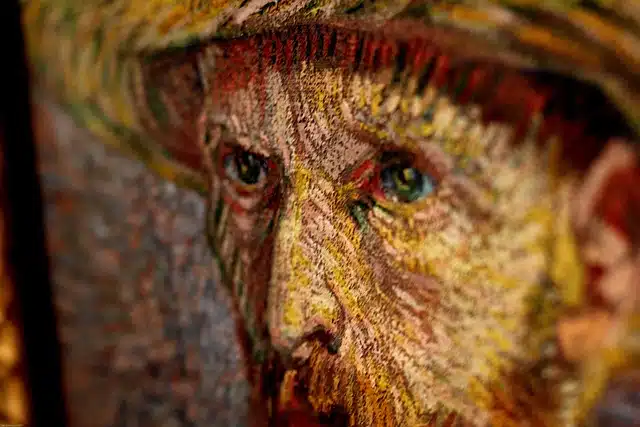
Van Gogh was an exponent of experimentalism in painting.
Experimentalism is a current of art that is characterized by transgressing the norms or criteria of previous models . In this way it establishes a break with what is traditional and what is already socially accepted.
novel expression
Experimental artists opt for a new form of expression . That is why this movement is linked to the avant-garde and opposes classicism (which is inspired by the philosophy and aesthetics of the so-called Classical Antiquity ).
In its search for other expressive forms, experimentalism develops processes of trial and error . In this aspect it can be said that it resorts to empirical evidence - like empiricism -, approaching the scientific method and even imitating science .
Literature , music , plastic arts and theater have expressions that are framed in experimentalism. In general, at first the creations of experimentalism do not gain popular support, since they are too different from the predominant and known styles. This stigmatization is inevitable, beyond the cultural advances of each era, since we continue to appreciate it today.
At a general level, it is usually indicated that the artists who managed to establish their own school based on the originality of their work were, at least in their time, followers of experimentalism. That would be the case of the painter Vincent Van Gogh , to mention a creator who transcended eras and borders.
Literary experimentalism
In the literary field, for example, experimentalism was based on the principles of the scientific method for the construction of the behavior of its characters. In this way, he resorted to observation and the formulation of hypotheses , among other steps, to explain behaviors in the universe of fiction.
The genres that stood out in the experimentalism of literature are poetry and fiction, although they are not the only ones that were transformed by this strong need to innovate, especially on a technical level, the way of writing. The work entitled The Life and Opinions of the Gentleman Tristram Shandy , by the Irish author Laurence Sterne , published in 1759 by the Dodsley publishing house, is generally mentioned as an exponent of this current (in 1967 it was published again, in this case by Penguin Books ). Although the novel as a genre did not yet have a firm series of conventions, this text did deviate from the expected structure for the narrative, parodying it at times and including elements of graphic art that were in no way normal or accepted in its field.

An outstanding avant-garde writer of experimentalism was Virginia Woolf.
In this way, Sterne's book was innovative even before the foundations it sought to challenge had been sufficiently solidified. For this reason, various writers were captivated by its characteristics and took it as inspiration for their literary careers. However, as we mentioned above, there were also many who opposed this expression that was so far from the norm; An example was the opinion of the English poet Samuel Johnson , who asserted that extravagant things cannot last.
Already at the beginning of the 20th century, literary experimentalism gained great importance, as can be seen in the direction followed by various American and European authors. Among them , Virgina Woolf, James Joyce, Ezra Pound, TS Eliot, John Dos Passos and Gertrude Stein stand out. Hemingway also received a certain influence from the experiments of the time, although he was not as avant-garde as some of his contemporaries. To cite a more specific example, we have the case of the poet and essayist Tristan Tzara , born in Romania, who innovated at a typographic and plastic level, with special fonts and the inclusion of journalistic clippings in his works.
